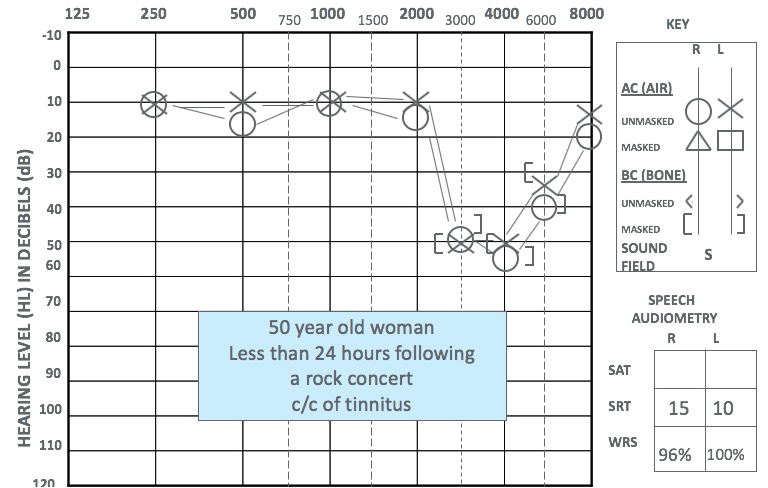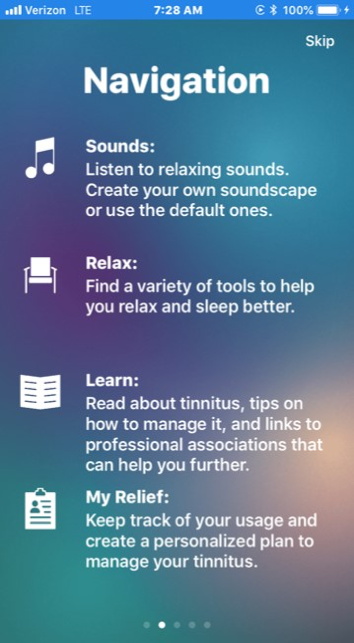Objectives: Severe to profound hearing loss is associated with worse health-related quality of life (HRQoL), reflecting the wide-ranging effects of deafness on spoken language, cognition, and social/behavioral development. However, there are currently no cochlear implant (CI)–specific HRQoL measures that were developed using the Food and Drug Administration Guidance on patient-reported outcomes. This study developed the first HRQoL instruments (CI-QoL) for children with CIs, ages 6 to 12, and a parent-proxy measure for this age group. Design: Two phases of instrument development were conducted. Phase 1 consisted of a literature review yielding a conceptual framework and discussion guides to elicit information from stakeholder focus groups at CI clinics in Miami and Philadelphia (n = 30; e.g., physicians, speech pathologists). During phase 2, open-ended interviews were conducted with 21 parent–child dyads (M child age = 9.1 years) recruited from these two clinics. Interviews were transcribed, followed by content analysis in NVivo to identify the most frequent and difficult themes. Items were then derived from these themes to form the initial draft instruments. A multimodal approach was used to create the child-report version (i.e., pictorial representations, audio recording of items, written text above the drawings) to maximize comprehension and ease of responding. Both measures were developed to be administered electronically on a tablet device. In phase 3, a new set of parent–child dyads (n = 20; child age M = 9.2 years) completed a cognitive testing protocol to ensure clarity, ease of use, and comprehensiveness. Cognitive testing led to revisions and finalization of the instruments. Results: The final self-report measure contained 33 items across eight domains: Noisy Environments, Academic Functioning, Child Acceptance, Oral Communication, Social Functioning, Fatigue, Emotional Functioning, and Device Management. The final parent-proxy measure included 42 items on nine scales: the same eight scales that appear on the child version, with the addition of Behavior Problems. Correlations between child and parent reports on each scale ranged from r = 0.08 to 0.48. Conclusions: CI-specific HRQoL instruments have now been developed for school-age children with CIs, with an accompanying parent-proxy version. After a psychometric validation, these CI-specific measures will enable us to track long-term outcomes, evaluate the efficacy of interventions to improve CI use (e.g., single versus bilateral implantation, AV therapy, maternal sensitivity training), and provide a profile of the “whole child’s” functioning to facilitate care. Supplemental digital content is available for this article. Direct URL citations appear in the printed text and are provided in the HTML and text of this article on the journal’s Web site (www.ear-hearing.com). Acknowledgments: We thank the parents and children who participated in this study and made this work possible by allowing us to learn about their daily experiences. This research was funded by the National Institute on Deafness and Other Communication Disorders, Grants No. F31DC014917 and No. R03DC014760. The authors have no conflicts of interest to disclose. Address for correspondence: Michael F. Hoffman, 1600 Rockland Road, Wilmington, DE 19803, USA. E-mail: michael.hoffman@nemours.org or Ivette Cejas, University of Miami, Department of Otolaryngology, 1120 NW 14th St, CRB 5th Floor, Miami, FL 33136, USA. E-mail: icejas@med.miami.edu Received January 14, 2018; accepted May 24, 2018. Copyright © 2018 Wolters Kluwer Health, Inc. All rights reserved.
from #Audiology via ola Kala on Inoreader https://ift.tt/2Lxw278
via
IFTTT

